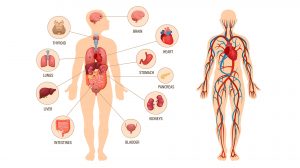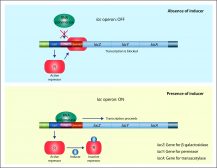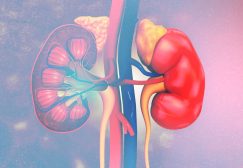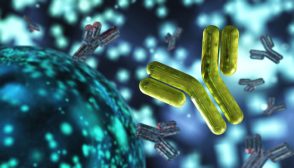Definition
noun
A taxonomic class belonging to the phylum Proteobacteria that includes phototropic proteobacteria, Magnetococcus spp., Rickettsia spp., Rhizobium spp., etc.
Supplement
Proteobacteria is a phylum of the domain Bacteria that includes a great diversity of forms of species. This phylum has six taxonomic classes: (1) Alphaproteobacteria, (2) Betaproteobacteria, (3) Gammaproteobacteria, (4) Deltaproteobacteria, (5) Epsilonproteobacteria, and (6) Zetaproteobacteria.
The Alphaproteobacteria is a taxonomic class of bacteria in the phylum Proteobacteria. Similar to other bacteria of this phylum, most Alphaproteobacteria are gram-negative. The species in this class are highly diverse but they share a common ancestor. Apart from their distinctively common ancestral origin, many of the Alphaproteobacteria are identifiable by their very low level of nutrient requirements for growth. They also have unusual morphology, i.e. forming stalks and buds. Many of them are phototropic. There are also genera that are capable of diverse symbiosis such as with plants (e.g. Rhizobium spp. in mutualism with the roots of legumes and Parasponia) and with arthropods (e.g. Wolbachia spp. as a parasite of the common house mosquito). Some of them are also capable of producing disease, e.g. Rickettsia spp.
The Alphaproteobacteria includes the following subclasses:
- Magnetococcidae (has one taxonomic order, Magnetococcales)
- Rickettsidae (includes the Rickettsiales and the Pelagibacterales)
- Caulobacteridae (includes several taxonomic orders, e.g. Holosporales, Caulobacterales, Parvularculales, Rhizobiales, Rhodobacterales, etc.)
Scientific classification:
See also:
- Betaproteobacteria
- Gammaproteobacteria
- Deltaproteobacteria
- Epsiolonproteobacteria
- Zetaproteobacteria
Mentioned in:







